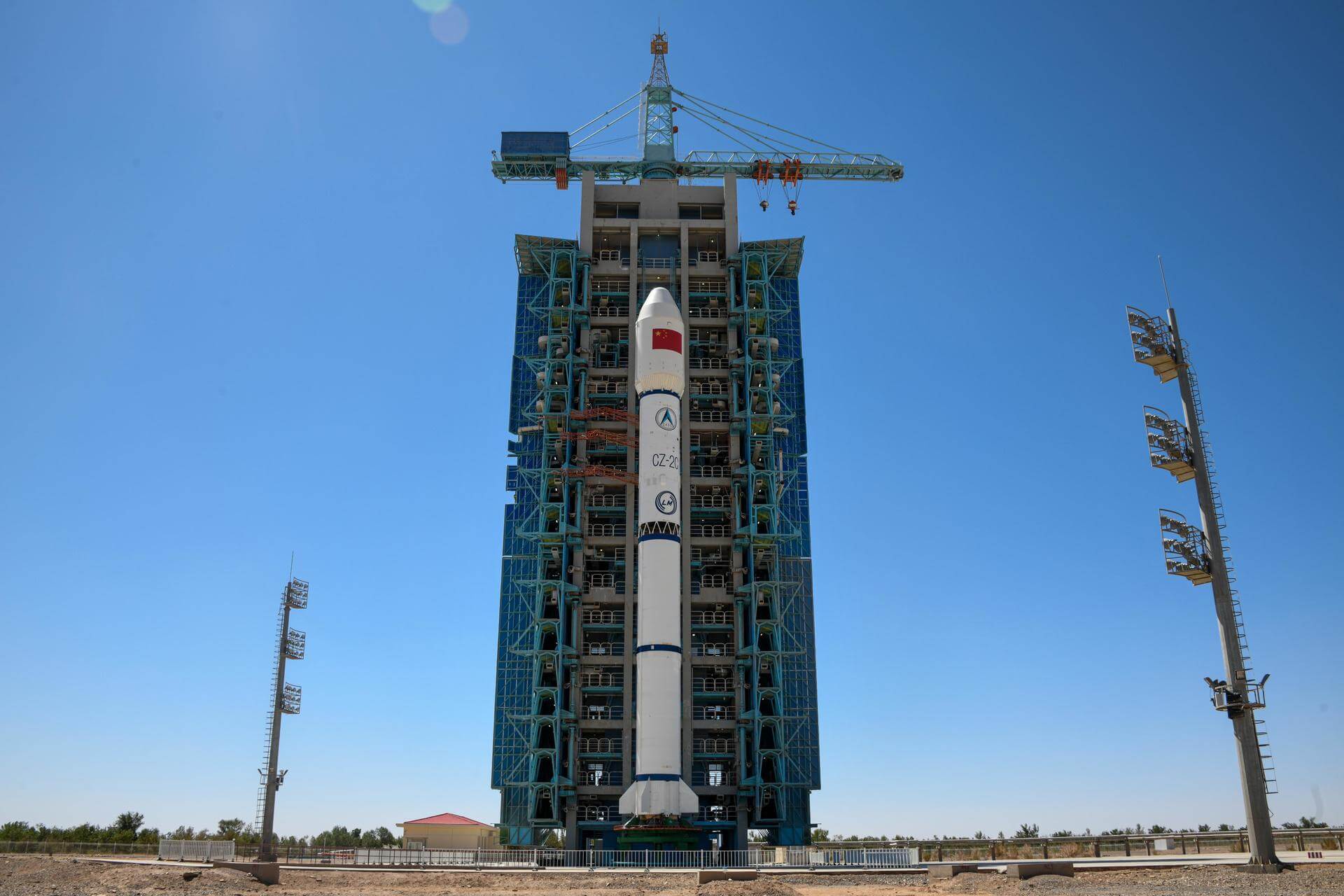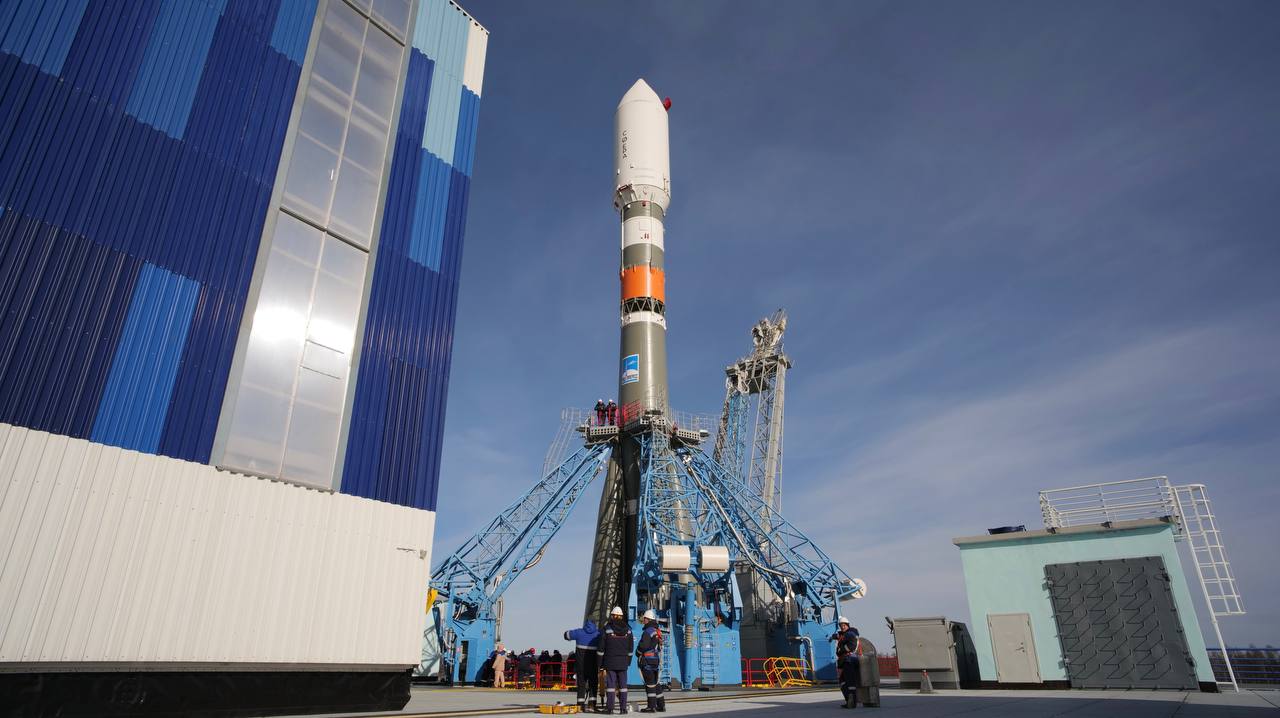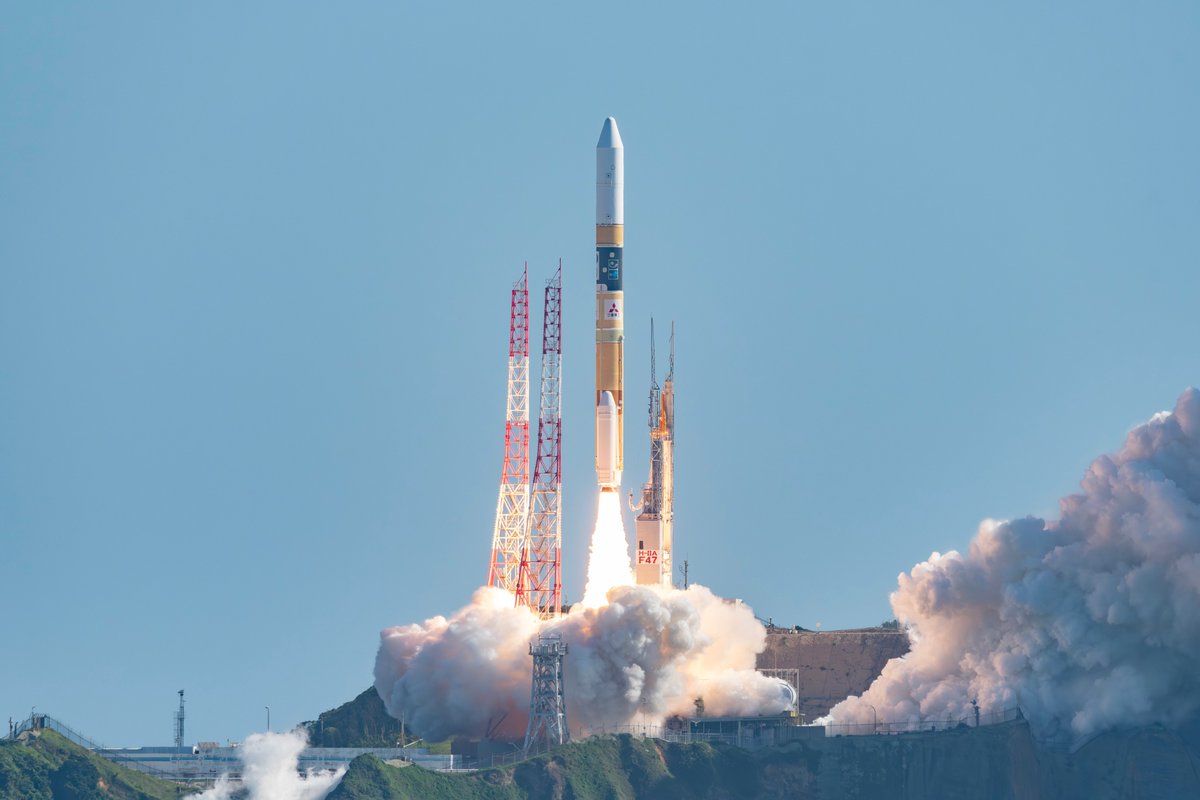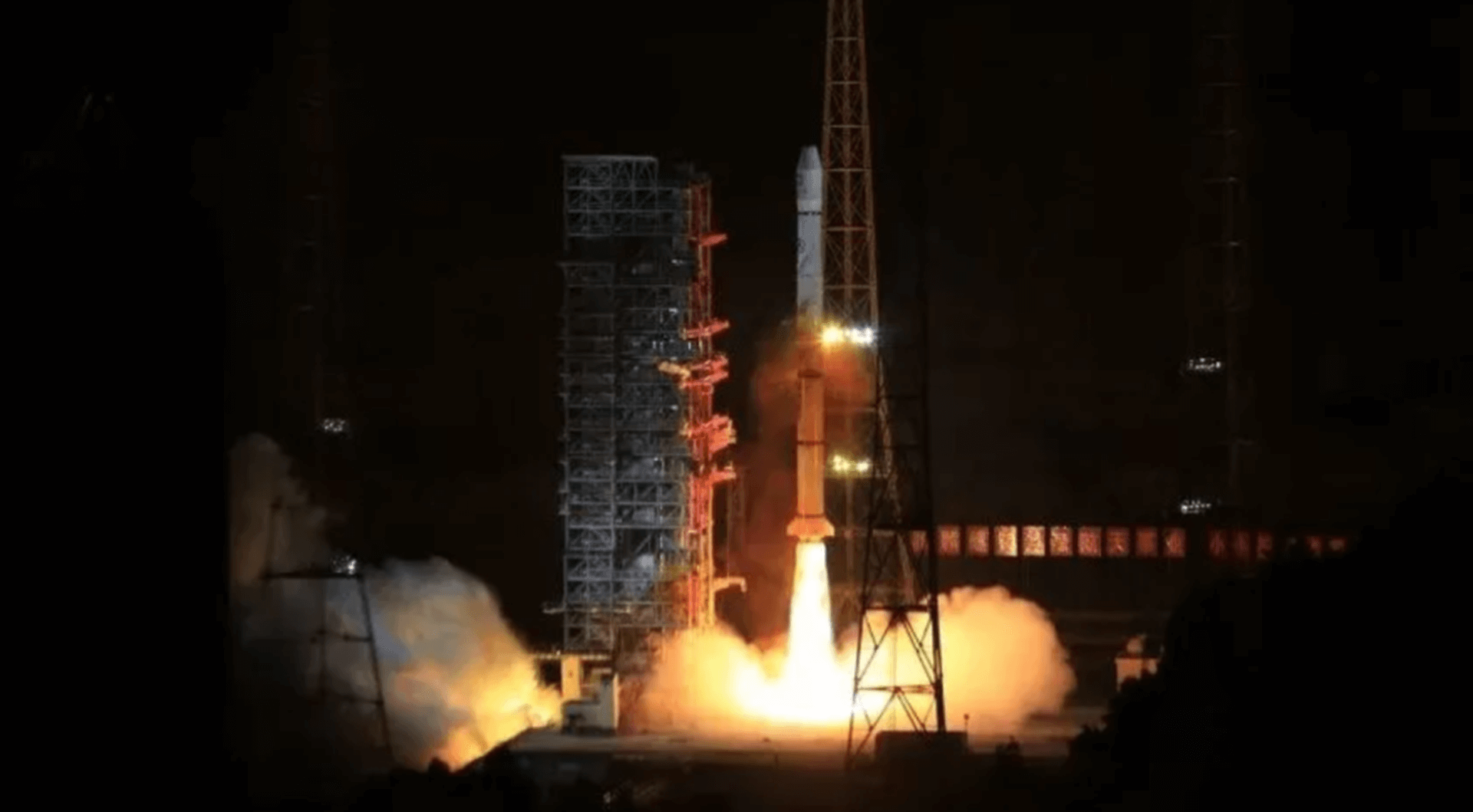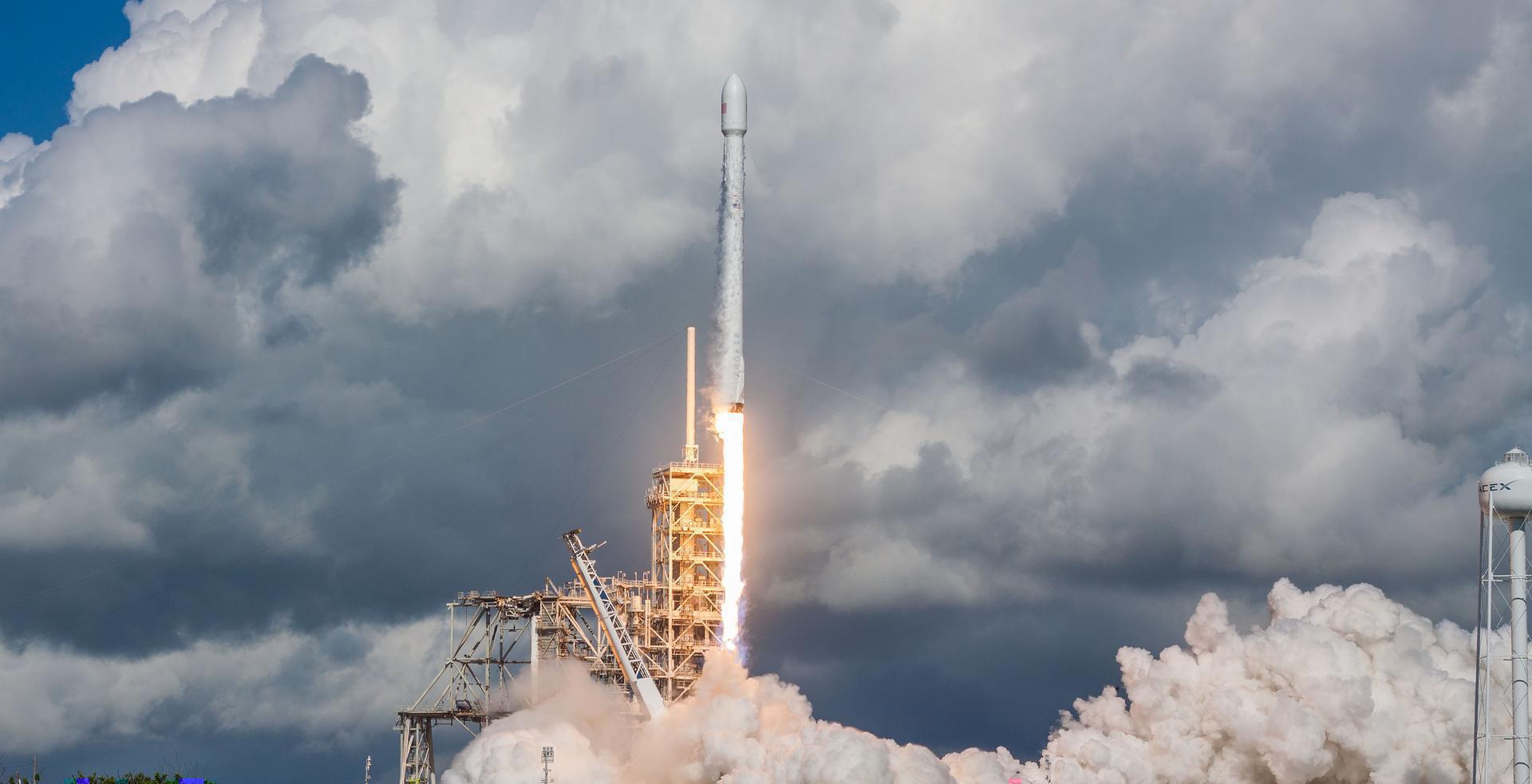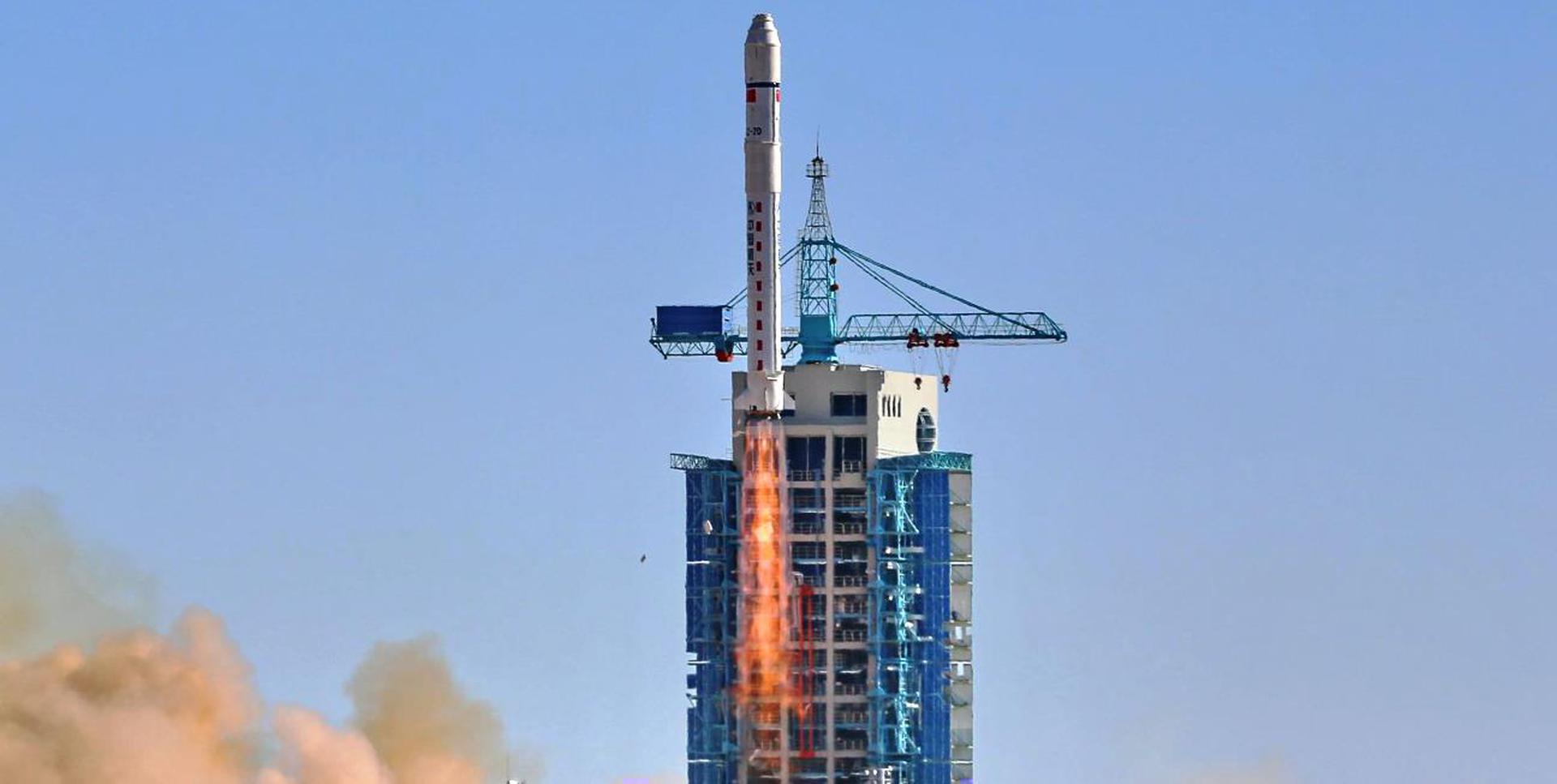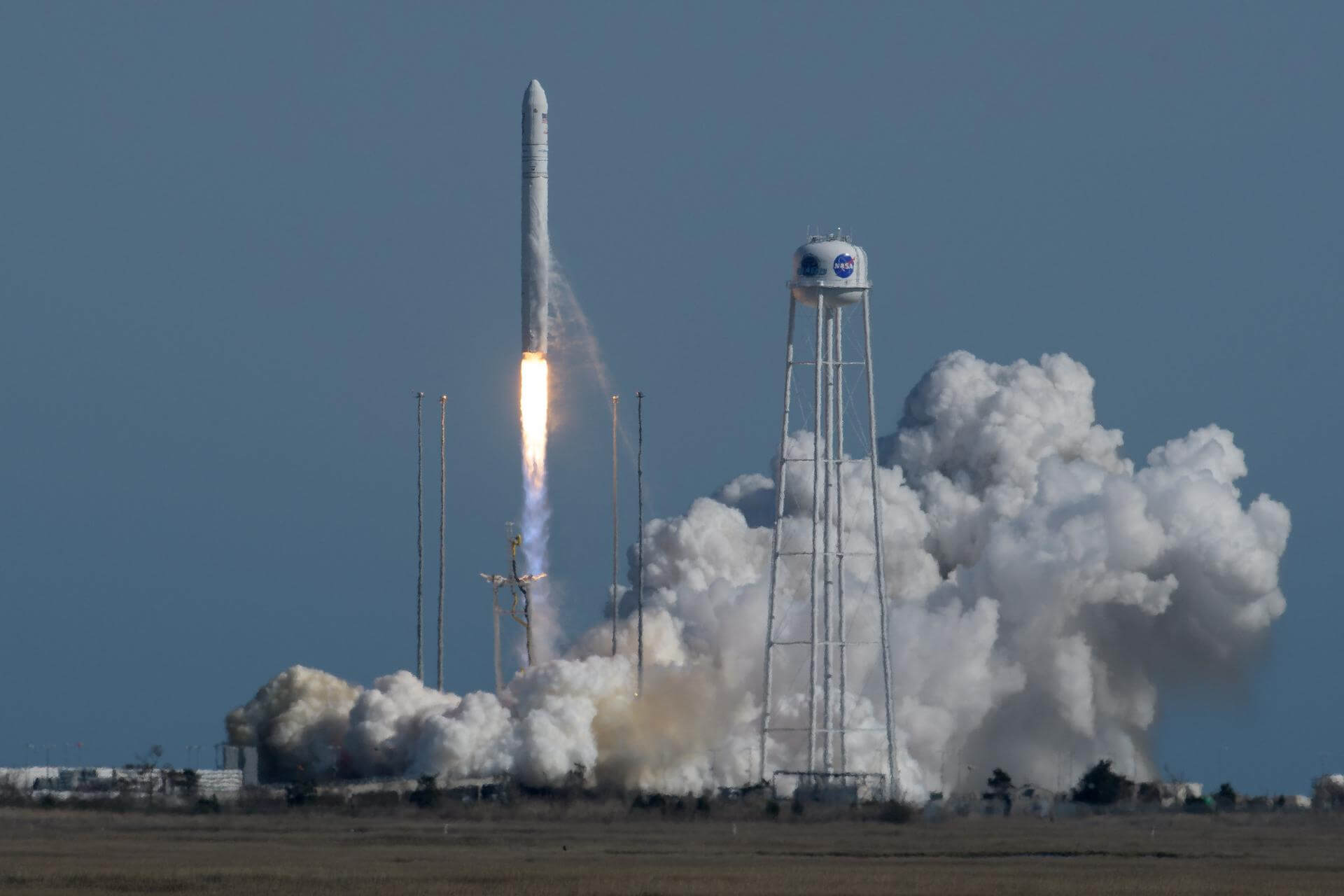Previous Spaceflight Launches
Filter by Agency, Locations or Vehicles
Show All LaunchesLong March 2C | XJS-A & XJS-B
China Aerospace Science and Technology Corporation | ChinaXichang Satellite Launch Center, People's Republic of China
June 27, 2018, 3:30 a.m.
Soyuz 2.1b/Fregat-M | Glonass-M No. 56 (Kosmos 2527)
Progress Rocket Space Center | RussiaPlesetsk Cosmodrome, Russian Federation
June 16, 2018, 9:46 p.m.
H-IIA 202 | IGS Radar 6
Mitsubishi Heavy Industries | JapanTanegashima Space Center, Japan
June 12, 2018, 4:20 a.m.
Status: Launch Successful
Mission:
IGS Radar is a family of Japanese radar reconnaissance satellites that serve both Japan's national defense and civil natural disaster monitoring. IGS Radar 5 is the fifth generation of satellites. Equipped with synthetic aperture radar, it is able to image targets even in darkness and bad weather.
Sun-Synchronous OrbitSoyuz-FG | Soyuz MS-09
Progress Rocket Space Center | RussiaBaikonur Cosmodrome, Republic of Kazakhstan
June 6, 2018, 11:12 a.m.
Status: Launch Successful
Mission:
Soyuz MS-09 begins expedition 56 by carrying Roscosmos cosmonaut Sergey Prokopyev, ESA astronaut Alexander Gerst and NASA astronaut Serena Auñón-Chancellor to the International Space Station. After launching from the Baikonur Cosmodrome in Kazakhstan, they will rendezvous to the station where they will remain for their 6 month stay.
Low Earth Orbit #SoyuzMS09Long March 3A | Fengyun-2H
China Aerospace Science and Technology Corporation | ChinaXichang Satellite Launch Center, People's Republic of China
June 5, 2018, 1:07 p.m.
Falcon 9 Block 4 | SES-12
SpaceX | United States of AmericaCape Canaveral SFS, FL, USA
June 4, 2018, 4:45 a.m.
Status: Launch Successful
Mission:
SES-12 is a geostationary communications satellite. It is to provide direct-to-home broadcasting, high throughput satellite data connectivity and other telecommunication servies to Middle East and the Asia-Pacific region. It is a replacement for the NSS-6 satellite and is expected to operate for 15 years.
Geostationary Transfer Orbit B1040 - Flight Proven ( ) Atlantic OceanLong March 2D | Gaofen 6 & Luojia-1
China Aerospace Science and Technology Corporation | ChinaJiuquan Satellite Launch Center, People's Republic of China
June 2, 2018, 4:13 a.m.
Status: Launch Successful
Mission:
Gaofen is a series of civilian Earth observation satellites developed and launched for the China High-definition Earth Observation System (CHEOS), a state-sponsored programme aimed to develop a near-real time, all-weather, global surveillance network consisting of satellite, near-space (stratosphere) airships, and aerial observation platforms. Luojia-1 is a 6U Earth observation cubesat prototype.
Sun-Synchronous OrbitSpaceShipTwo | VSS Unity PF02
Virgin Galactic | United States of AmericaAir launch to Suborbital flight
May 29, 2018, noon
Falcon 9 Block 4 | Iridium-6 & GRACE-FO
SpaceX | United States of AmericaVandenberg SFB, CA, USA
May 22, 2018, 7:47 p.m.
Status: Launch Successful
Mission:
SpaceX’s Falcon 9 rocket will deliver 10 satellites to low Earth orbit for Iridium, a global leader in mobile voice and data satellite communications. This is the sixth set of 10 satellites in a series of 75 total satellites that SpaceX will launch for Iridium’s next generation global satellite constellation, Iridium® NEXT. Sharing this launch is the Gravity Recovery and Climate Experiment Follow-on mission, which is a joint project of NASA and the German Research Centre for Geosciences. It's goal is to track Earth's water movement to monitor changes in underground water storage, the amount of water in large lakes and rivers, soil moisture, ice sheets and glaciers, and sea level caused by the addition of water to the ocean.
Low Earth Orbit B1043 - Flight Proven ( ) Pacific OceanAntares 230 | Cygnus CRS OA-9 (S.S. J.R. Thompson)
Northrop Grumman Space Systems | United States of AmericaWallops Flight Facility, Virginia, USA
May 21, 2018, 8:44 a.m.
